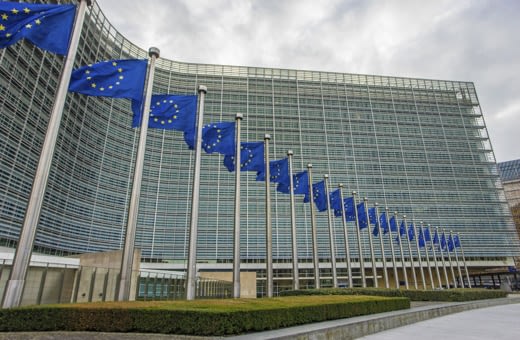More power for the EU and more detailed reporting obligations for Member States. Sounds familiar? I think so too.
We are once again seeing this on the agenda as the Commission published a legislative proposal on soil monitoring the day before yesterday. The proposed directive includes obligations for monitoring and reporting on the state of soil and sets the objective of achieving healthy soils by 2050.
The directive applies to all land in EU territory. The directive also brings soil under EU legislation, on the same footing as air and water have long been. This is a drastic change that must be recognised. It is clear that the legislative proposal allows for the preparation of further EU regulation governing land use.
The newly published legislative proposal applies in particular to soil monitoring and reporting, but it also provides definitions of soil health and the sustainable use of soil. The proposal introduces the principles of sustainable land use and soil health indicators. These will be used to guide land use, monitor the development of the condition of soils and, ultimately, to assess whether the objective of healthy soils has been achieved in 2050. The amount and level of detail of data the Commission expects from Member States is massive. Where are the resources for all this, bearing in mind that this is by no means the only piece of EU legislation that increases bureaucracy?
The development and collection of soil information is important, and additional investments are needed. The forest industry has also considered it important to develop soil information on a national level. This does not mean that leverage is needed from Brussels. The development of soil information can be carried out just as well without the kind of legislation now being proposed.
While the directive in itself is underpinned by a good intention, it begs the question of whether the Commission trusts the Member States? The Commission clearly states that if Member States’ measures are not sufficient, additional requirements will be imposed. In addition, the Commission demands the possibility of issuing additional regulations at a later date. For example, the Commission wants to have an option to revise the principles of sustainable land use, which also cover forestry practices. As a representative of the forest sector, I see here a threat of elements that restrict forestry.
Legislation related to land use must take into account different types of soil and the history of land use. When assessing the goals and the need for measures, the economic and social impacts must also be considered. Unfortunately, the assessment of economic and social impacts has not recently been a strength of the Commission, nor is it one now.
I hope that in the further work on the directive, careful consideration will be given to the advantages and disadvantages of the law and its effects on society as a whole. This will be the task of the Council consisting of representatives of Member States and the European Parliament, after the summer. The Soil Monitoring Directive has been one of the priorities of Finland’s advocacy work in the EU, and rightly so. Now it is up to the new government to take action to rationalise the law. Legislation must not undermine the operating conditions of forestry or the competitiveness of the forest industry.






